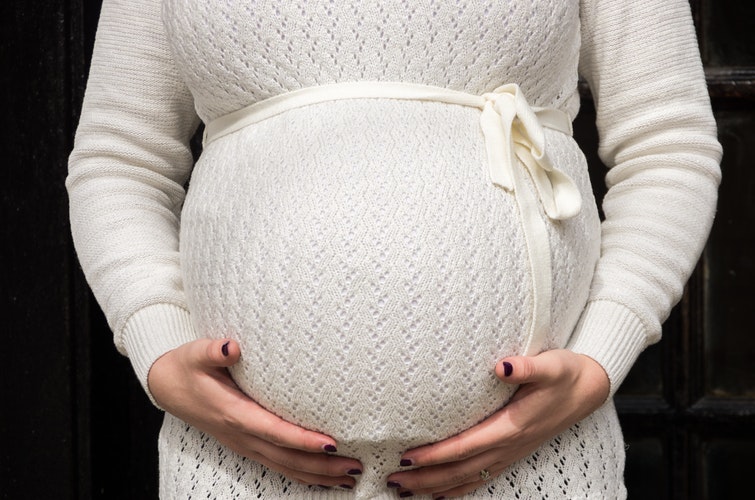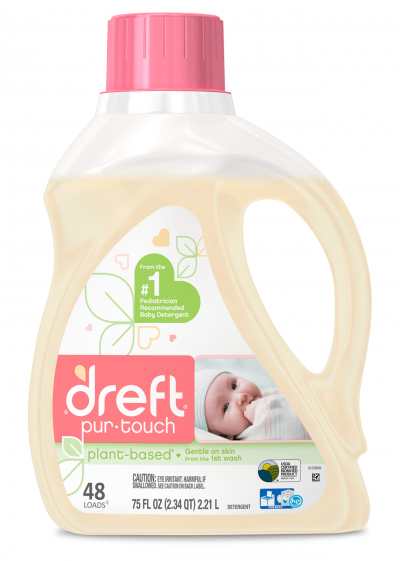Choices and Lifestyle Changes That Can Improve Pregnancy Odds
When you’re trying to get pregnant it’s an all-consuming process that changes much more than your body. You have to look after yourself in pregnancy, but really lifestyle changes have to be made long before you get pregnant. For some women, it’s a necessary part of becoming pregnant in the first place.
If you’re having difficulty getting pregnant the advice below can help you get there.
Contents
Consider All Your Options Up Front
Getting pregnant the natural way is always preferable, but the reality is it isn’t always possible for every woman. And if you’re single trying to have a baby on your own, natural conception probably isn’t an option.
Fertility treatments have come a long way in the last few decades. Given that conception is such an innately natural process, some people are still skeptical about medical interventions. This sentiment is completely understandable if you’ve been trying to get pregnant for months without any results.
However, the success rates on YourFertilityFriend.com are proof positive that in vitro fertilization (IVF) can overcome fertility issues. While there are a lot of data sources, most show the success rates are particularly good for women aged 37 and under.
Track Your Basal Body Temperature
The first thing you need to do is make sure that you’re ovulating and get an idea of when you ovulate within your monthly cycle. The fertility window each month is actually slim. There are only six days when pregnancy is possible – the day of ovulation and the five days leading up to ovulation.
One way to determine if you are ovulating is through tracking your basal body temperature (BBT). Your basal body temperature is your resting temperature. You have to take your temperature first thing in the morning before getting out of bed to get an accurate BBT reading.
In the first part of your cycle (follicular phase) your BBT will be somewhere between 96.5 and 97.5 degrees Fahrenheit. After ovulation (luteal phase) your BBT will rise due to an increase in progesterone. The increase should be 0.5 degrees or more.
Some women have a slight temperature dip right before their ovulation, but the downside is BBT doesn’t really give you a heads up. It’s useful in verifying ovulation has occurred and if your BBT stays elevated up to the time your period is supposed to arrive it’s an indicator you may be pregnant.
Use an Ovulation Predictor Kit
You can know days before you’re about to ovulate by using an ovulation predictor kit (OPK) OPKs measure an increase in estrogen levels and detect luteinizing hormone in urine. An increase in estrogen happens in the days leading up to ovulation. Luteinizing hormone is an even better indicator since it starts being produced 24-48 hours before ovulation.
An OPK allows you to plan intercourse in your fertility window to greatly increase the odds of pregnancy. It can also definitively tell you if you are ovulating regularly.
Get Moving
One simple lifestyle change could be the trick that gets you pregnant. Lack of physical activity is known to hinder pregnancy, particularly if polycystic ovarian syndrome (PCOS) is preventing pregnancy. Obesity is another factor that can decrease your chances of getting pregnant.
It’s best to get 30 minutes of moderate cardio exercise a day. Even walking can make a difference. However, don’t overdo it. Doing lots of strenuous exercise actually stresses the body and can hurt your chances of conception.
Cut Out Cigarettes, Alcohol and Coffee
We all know smoking cigarettes and drinking alcohol during pregnancy is bad for the health of the baby. But many women don’t realize both can thwart your attempts to get pregnant.
Studies have shown smoking cigarettes affects egg maturation, hormone production, and embryo transport. All of these processes are vital for becoming pregnant. Smoking also increases the risk of miscarriage by 1% for every cigarette smoked in a day.
Even though the baby won’t receive nutrients from the mother for the first few weeks after conception, drinking alcohol doesn’t create a conducive environment for pregnancy. The first month of pregnancy is vital for embryo growth and it’s when the baby is most susceptible to fetal alcohol syndrome.
Coffee is also a problem early in pregnancy. Drinking more than 200 milligrams of coffee is known to increase the chances of miscarriage, most of which occur in the first six weeks of pregnancy. For that reason, it’s best to begin limiting coffee consumption before getting pregnant.





Pingback: 5 Kick-Ass Ways to Juggle Business and Motherhood Like a Ninja - Night Helper
Pingback: Life and Choices Galore - Night Helper